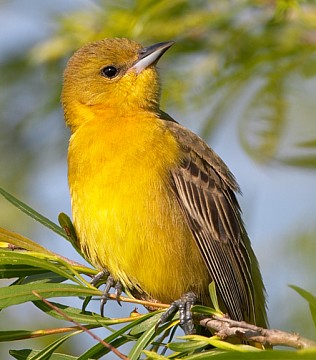I know I promised you a recap of our trip. And it will come. I just can't seem to tackle the "wholeness" of it. So many places, so many good times, so much catching up with Jack and German friends....Maybe I'll break it up and tackle it by subject. Stay tuned...
But today, I want to tell you about Mary's 21st birthday dinner in Paris. We had made a reservation at
L’Ambassade d’Auvergne – a restaurant in the Marais
neighborhood where we were staying – so it was only about a 10-minute
walk from our hotel. Jack joined us for the weekend, making it even more special. Mary's Aunt Gay (Ed's sister) was with us as well.
I could tell you how we toasted Mary with her first (legal) cocktail, a house-special aperitif.
Or, I could tell you how we chose this restaurant because Ed and I had dined there 15 years ago and still remember the
Pommes Aligot, cheesy mashed potatoes that the staff whips up tableside.
 |
| Pommes Aligot |
Or, I could tell you how the entire room broke into a funny french rendition of "Happy Birthday" when Mary's pear tart was delivered with a single candle in it.
 |
| A lovely 21-year-old! |
But what I really want to tell you is about the lentil salad that Mary ordered as her first course. I haven't stopped thinking about it. It came in a big bowl and she was served two perfect oval scoops. Then our waitress offered the rest of the table a taste, before leaving the bowl on the table.
This lentil salad captures the essence of why I travel: food. Our travels inspire me to try to recreate the dishes that I fall in love
with as we we make our way from city to village to countryside. The special dishes and meals also allow me to remember – and relive – our travels.
So yesterday, when I realized that I had some lentils in my pantry I knew I had to try my hand at re-engineering the lentil salad of L'Ambassade d'Auvergne. I cooked the lentils for about 30 minutes, drained them, and gave them a splash of red wine vinegar. Then I sauteed some prosciutto (bacon would work as well), adding a small onion, a carrot (the first from my garden), and a stalk of celery. To a quarter cup of olive oil, I added a heaping teaspoon of french mustard, some salt and pepper – stirring that into lentil mixture.
Earlier in the day, I had harvested my first crop of beets and had cooked up a mess of beet greens. My final dish included a bed of sauteed beet greens, a topping of lentil salad and a sprinkle of feta cheese.
 |
| Beets from my garden, first harvest. |
Here's my real test of how close I came to the original. If I close my eyes and take a bite, can I transport my mind back to that special night in Paris?
Oui, je peux!
And that's why I travel. What about you?
































